The cheapest car in the country may not be the cheapest in terms of insurance premium.
The cheapest car in the country may not be the cheapest in terms of insurance premium.
Insurers and brokers say the insurance cover for the smallest car, Tata Nano (623 cc), will be priced on a par with the existing cars in the sub-1,000cc space, such as Maruti 800 (796 cc), Alto (796 cc), Omni (796 cc), A-Star (998 cc) and Chevrolet Spark (995 cc).
“Pricing of insurance cover may be currently at par with similar models and may be altered later, depending on the profile of buyers, cost of spare parts and the claims figures,” says Vijay Kumar, head - motor insurance at Bajaj Allianz General Insurance.
General insurance companies, which provide motor or car insurance, haven’t so far informed brokers about special pricing, if any.
“There are no special instructions from insurance companies for Nano, which tells us that the same premium rates charged for any other car below the 1,000 cc range may be applicable,” says Rahul Agarwal, chief executive officer of Optima Insurance Brokers.
This means Tata Nano buyers would be paying the same premium for the car insurance cover that is charged for 800 cc vehicles, which is around Rs 2,400 or 2% of the price of the car.
But why would the insurer charge the same premium for a 623 cc car that he is charging for the higher engine capacity cars? Shouldn’t the premium be lesser?
To understand the answer one would need to understand the components of a car insurance premium first. Car insurance has to be renewed at the end of each year.
General insurance companies charge you for various other things besides the damages your car may suffer during the year for which the insurance cover is provided.
Among other things, the insurer estimates the amount that would have to be paid for the car damaged by the policyholder in case of an accident. This is called third party insurance. Insurance experts say that in case of Nano, though the cost of damage repairs for the policyholder’s car may be lower than for the Maruti 800, the third party insurance (insurance cost for opposite party’s damaged vehicle) cost may remain fixed.
In addition, the company incurs costs on processing the claim, which too would be constant in spite of the size and the cost of the car.
“Even as values (car prices) go down, the repair costs remain the same. The labour costs for garage and insurance companies’ claim handling costs remain the same,” says Yashish Dahiya, chief executive officer and co-founder of Policybazaar, an online insurance seller.
So, though Nano costs Rs 1 lakh less than its closest competitor, the insurance company cannot reduce the salary of a person handling claims process for Nano cars and the garage owner cannot do the same with his staff. Hence, insurers would deduct that amount from the car insurance policyholder’s premium.
For all that, however, some companies may price the insurance cover for Nano at a discount to sub-1,000 cc car insurance as the general insurance market has entered the phase of freedom from fixed pricing model. In this detariff regime, insurers are offering a huge discount to the earlier premium, just to attract customers.
Given the lower engine capacity, the premium may be at a discount of 10-20% of what is charged for vehicles below 1,000 cc, says an official of a public sector general insurance company.
However, insurance companies agree that pricing of the insurance cover is not possible until the pricing of the parts is not made public and they see the claims figures. Companies are also looking out for the frequency of the car delivery, whether the car would be in driven in rural or urban areas and whether the second lot of Nano will be priced at the same level of Rs 1.34-1.85 lakh.
Sustaining sub-1,000 cc premium rates would be difficult for insurers and the premium rates would be altered later, feel experts.
“After the launch, the insurance premium for Nano would be increased very soon as companies will realise that the repair charges of Nano will be similar to that of other cars, even though the vehicle’s engine capacity is below 800 cc,” says Agarwal of Optima Insurance. “Also, there will be a lot of theft claims as there is demand for the vehicle and it is easy to dispose of. This might push up the premium later.”
![submenu-img]() 'Soye hai sab log': Skipper Rohit Sharma fumes at teammate during 1st India vs Bangladesh Test
'Soye hai sab log': Skipper Rohit Sharma fumes at teammate during 1st India vs Bangladesh Test![submenu-img]() Delhi Capitals confirm Rishabh Pant as their top retention for IPL 2025: Report
Delhi Capitals confirm Rishabh Pant as their top retention for IPL 2025: Report![submenu-img]() Moon and Venus Orbiter Journeys, Space Station, Gaganyaan Mission
Moon and Venus Orbiter Journeys, Space Station, Gaganyaan Mission![submenu-img]() 'So much tension and stress...': Father of EY Employee who died of 'overwork'
'So much tension and stress...': Father of EY Employee who died of 'overwork'![submenu-img]() Watch: Shubman Gill's father gives priceless reaction to his son's exceptional century in Chennai Test
Watch: Shubman Gill's father gives priceless reaction to his son's exceptional century in Chennai Test![submenu-img]() PM Modi US Visit: पीएम मोदी और बाइ़डेन की मीटिंग शुरू, एयरपोर्ट पर उतरते ही लगे 'मोदी-मोदी' के नारे, देखें Video
PM Modi US Visit: पीएम मोदी और बाइ़डेन की मीटिंग शुरू, एयरपोर्ट पर उतरते ही लगे 'मोदी-मोदी' के नारे, देखें Video![submenu-img]() तिरुपति बालाजी ही नहीं शिरडी साईं के प्रसाद पर भी मच चुका है बवाल, जानिए कब और क्यों हुआ था विवाद
तिरुपति बालाजी ही नहीं शिरडी साईं के प्रसाद पर भी मच चुका है बवाल, जानिए कब और क्यों हुआ था विवाद![submenu-img]() अगर गलती से खा लिया हो अशुद्ध प्रसाद, इस तरीके से करें प्रायश्चित
अगर गलती से खा लिया हो अशुद्ध प्रसाद, इस तरीके से करें प्रायश्चित![submenu-img]() Indian Railway देगा कर्मचारियों को Diwali Gift, जानिए बोनस में होने जा रही है कितनी बढ़ोतरी
Indian Railway देगा कर्मचारियों को Diwali Gift, जानिए बोनस में होने जा रही है कितनी बढ़ोतरी![submenu-img]() कौन हैं Mukesh Ahlawat, जो बने हैं Atishi कैबिनेट का नय�ा दलित चेहरा, क्या ये Arvind Kejriwal का चुनावी दांव है?
कौन हैं Mukesh Ahlawat, जो बने हैं Atishi कैबिनेट का नय�ा दलित चेहरा, क्या ये Arvind Kejriwal का चुनावी दांव है?![submenu-img]() Ford to return to India after 2 years with reopening of....
Ford to return to India after 2 years with reopening of....![submenu-img]() Maruti Suzuki launches new Swift CNG, check price, mileage, other features
Maruti Suzuki launches new Swift CNG, check price, mileage, other features![submenu-img]() ‘30 LPA, 3BHK, no in-laws’: Woman earning Rs 1.32 lakh salary lists demands for future husband, netizens say...
‘30 LPA, 3BHK, no in-laws’: Woman earning Rs 1.32 lakh salary lists demands for future husband, netizens say...![submenu-img]() In a big EV push, Centre launches Rs 10900 crore PM E-Drive scheme to replace…
In a big EV push, Centre launches Rs 10900 crore PM E-Drive scheme to replace…![submenu-img]() World’s longest car has helipad, swimming pool, mini-golf course, can seat over…; it cost…
World’s longest car has helipad, swimming pool, mini-golf course, can seat over…; it cost…![submenu-img]() Meet boy, who cleared JEE Advanced with AIR 99, then dropped out of IIT counselling due to...
Meet boy, who cleared JEE Advanced with AIR 99, then dropped out of IIT counselling due to...![submenu-img]() Meet man, IIT graduate who was hired at Rs 100 crore salary but was fired within a year, he is now...
Meet man, IIT graduate who was hired at Rs 100 crore salary but was fired within a year, he is now...![submenu-img]() Meet man who passed JEE Advanced with AIR 1, completed B.Tech from IIT Bombay, is now pursuing…
Meet man who passed JEE Advanced with AIR 1, completed B.Tech from IIT Bombay, is now pursuing…![submenu-img]() Meet man, whose father's death encouraged him to quit IAS job, create multi-crore company, he is...
Meet man, whose father's death encouraged him to quit IAS job, create multi-crore company, he is...![submenu-img]() Meet woman, who scored 97% in class 12, secured 705 out of 720 marks in NEET exam, her AIR is...
Meet woman, who scored 97% in class 12, secured 705 out of 720 marks in NEET exam, her AIR is...![submenu-img]() Congress President Kharge Slams & Opposes 'One Nation, One Election' Proposal, Calls It Impractical
Congress President Kharge Slams & Opposes 'One Nation, One Election' Proposal, Calls It Impractical![submenu-img]() Why 'One Nation One Election' Is important? Ashwini Vaishnaw Explains After It Gets Cabinet Approval
Why 'One Nation One Election' Is important? Ashwini Vaishnaw Explains After It Gets Cabinet Approval![submenu-img]() Jammu Kashmir Assembly Election 2024 Phase 1 Highlights: What Happened In First phase In J&K Polls?
Jammu Kashmir Assembly Election 2024 Phase 1 Highlights: What Happened In First phase In J&K Polls?![submenu-img]() One Nation One Election: Centre Clears Proposal, Bill To Be Introduced In Winter Session | Modi 3.0
One Nation One Election: Centre Clears Proposal, Bill To Be Introduced In Winter Session | Modi 3.0![submenu-img]() Haryana Elections 2024: Is BJP Set To Lose In Haryana? Anti-Incumbency And Other Factors Analysed
Haryana Elections 2024: Is BJP Set To Lose In Haryana? Anti-Incumbency And Other Factors Analysed![submenu-img]() This country once ruled half of the world, now is in 100% debt, here are other developed nations facing similar issue
This country once ruled half of the world, now is in 100% debt, here are other developed nations facing similar issue![submenu-img]() Meet Mukesh Ambani, Ratan Tata's competitor, who runs business worth Rs 70000000000, she is...
Meet Mukesh Ambani, Ratan Tata's competitor, who runs business worth Rs 70000000000, she is...![submenu-img]() Revised LTC rules: Air travel relaxation, new changes in travelling perks for THESE govt employees, check details
Revised LTC rules: Air travel relaxation, new changes in travelling perks for THESE govt employees, check details![submenu-img]() Meet woman, richer than superstar husband who charges Rs 100 crore per film, her net worth is Rs...
Meet woman, richer than superstar husband who charges Rs 100 crore per film, her net worth is Rs...![submenu-img]() Billionaire Mark Cuban says he would buy X 'in a heartbeat', Elon Musk's cheeky response goes viral
Billionaire Mark Cuban says he would buy X 'in a heartbeat', Elon Musk's cheeky response goes viral![submenu-img]() NASA Nebula: 5 mesmerising images of Red Spider, Crab, Orian Nebulae captured by NASA's Hubble Telescope
NASA Nebula: 5 mesmerising images of Red Spider, Crab, Orian Nebulae captured by NASA's Hubble Telescope![submenu-img]() 5 best places to visit in India this October
5 best places to visit in India this October![submenu-img]() This film rejected by Rajesh Khanna made Feroz Khan a superstar, was delayed for a year, superstar had to..
This film rejected by Rajesh Khanna made Feroz Khan a superstar, was delayed for a year, superstar had to..![submenu-img]() Meet Sridevi’s ‘daughter’, one of Pakistan’s highest-paid actresses, who is likely to star opposite Prabhas in...
Meet Sridevi’s ‘daughter’, one of Pakistan’s highest-paid actresses, who is likely to star opposite Prabhas in...![submenu-img]() 7 foods named after Indian cities
7 foods named after Indian cities![submenu-img]() Moon and Venus Orbiter Journeys, Space Station, Gaganyaan Mission
Moon and Venus Orbiter Journeys, Space Station, Gaganyaan Mission![submenu-img]() 'So much tension and stress...': Father of EY Employee who died of 'overwork'
'So much tension and stress...': Father of EY Employee who died of 'overwork'![submenu-img]() 'Stopped road works, medicines, garbage collection....': Delhi CM Atishi hits out at BJP, vows to resume all work
'Stopped road works, medicines, garbage collection....': Delhi CM Atishi hits out at BJP, vows to resume all work![submenu-img]() Tirupati laddu row: Temple trust's big assurance to devotees amid ‘beef tallow’ in prasadam, says 'divinity, purity of..
Tirupati laddu row: Temple trust's big assurance to devotees amid ‘beef tallow’ in prasadam, says 'divinity, purity of..![submenu-img]() 'BJP spreading lies, desperate to...': Rahul Gandhi breaks silence on his Sikh remark in US
'BJP spreading lies, desperate to...': Rahul Gandhi breaks silence on his Sikh remark in US

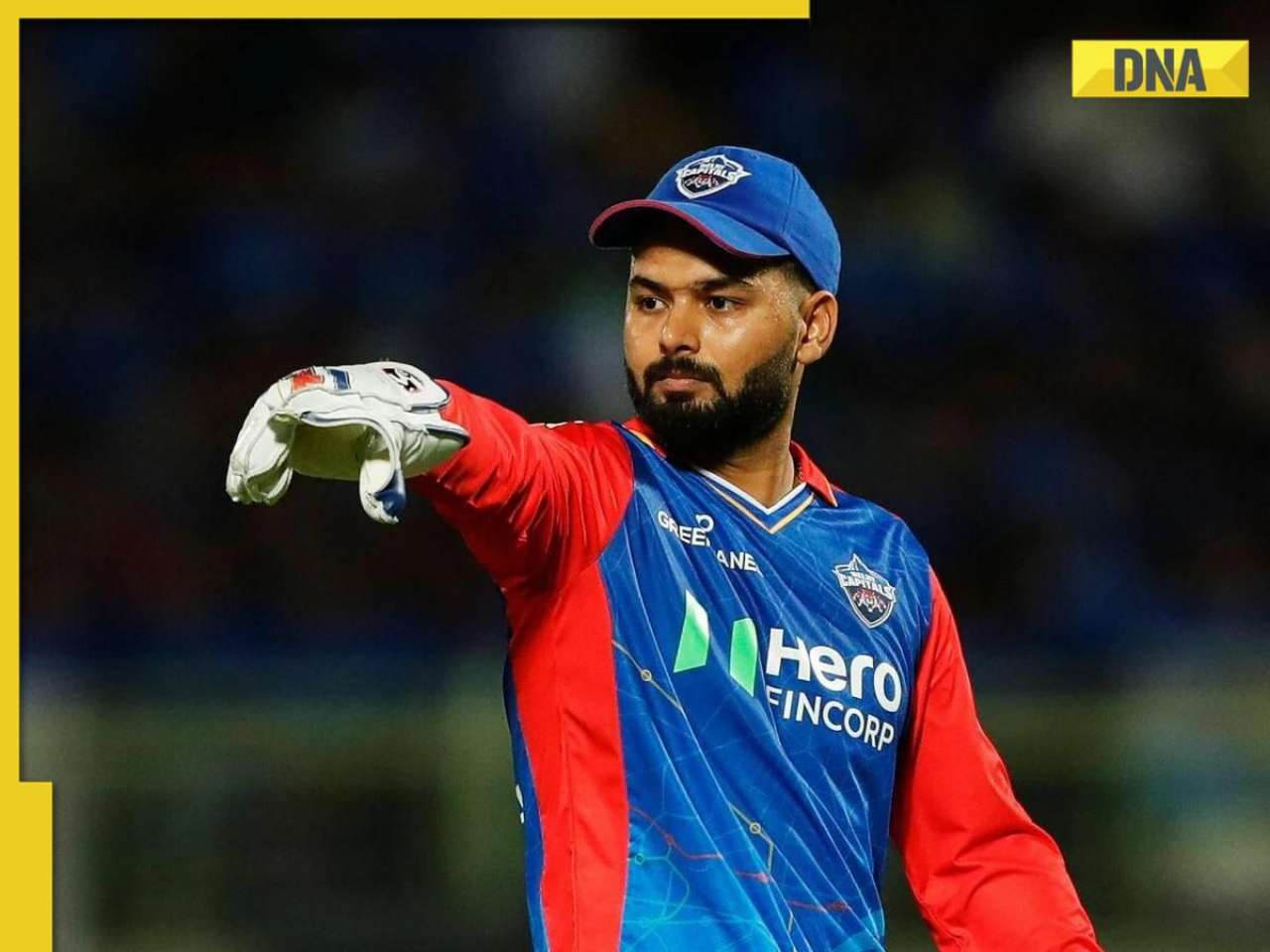























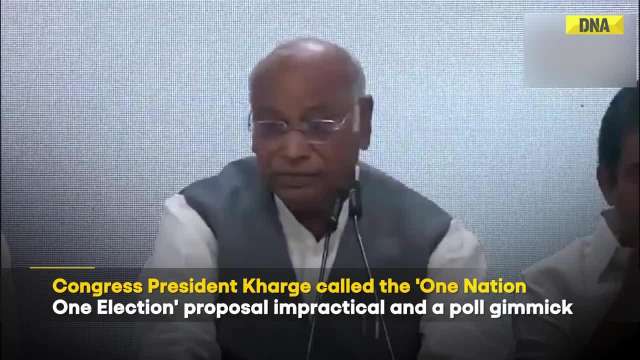
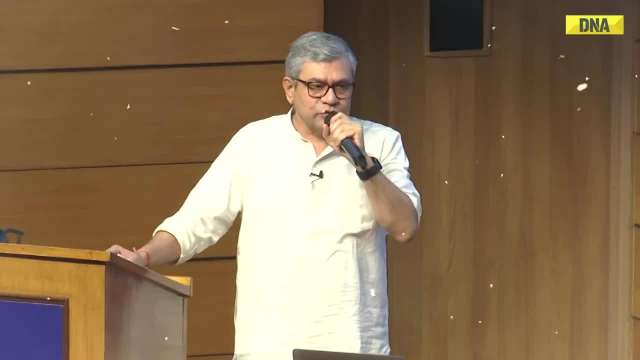







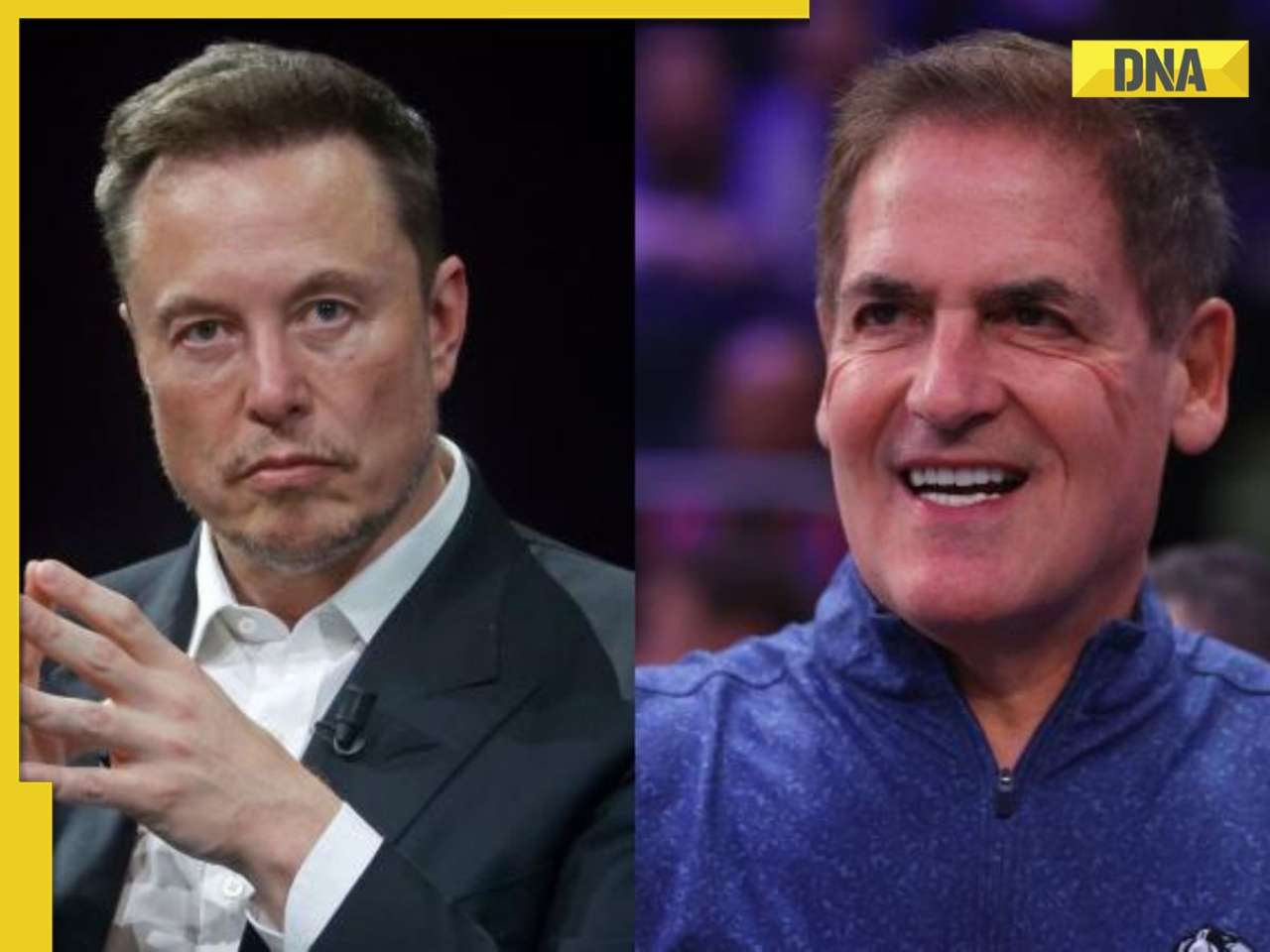







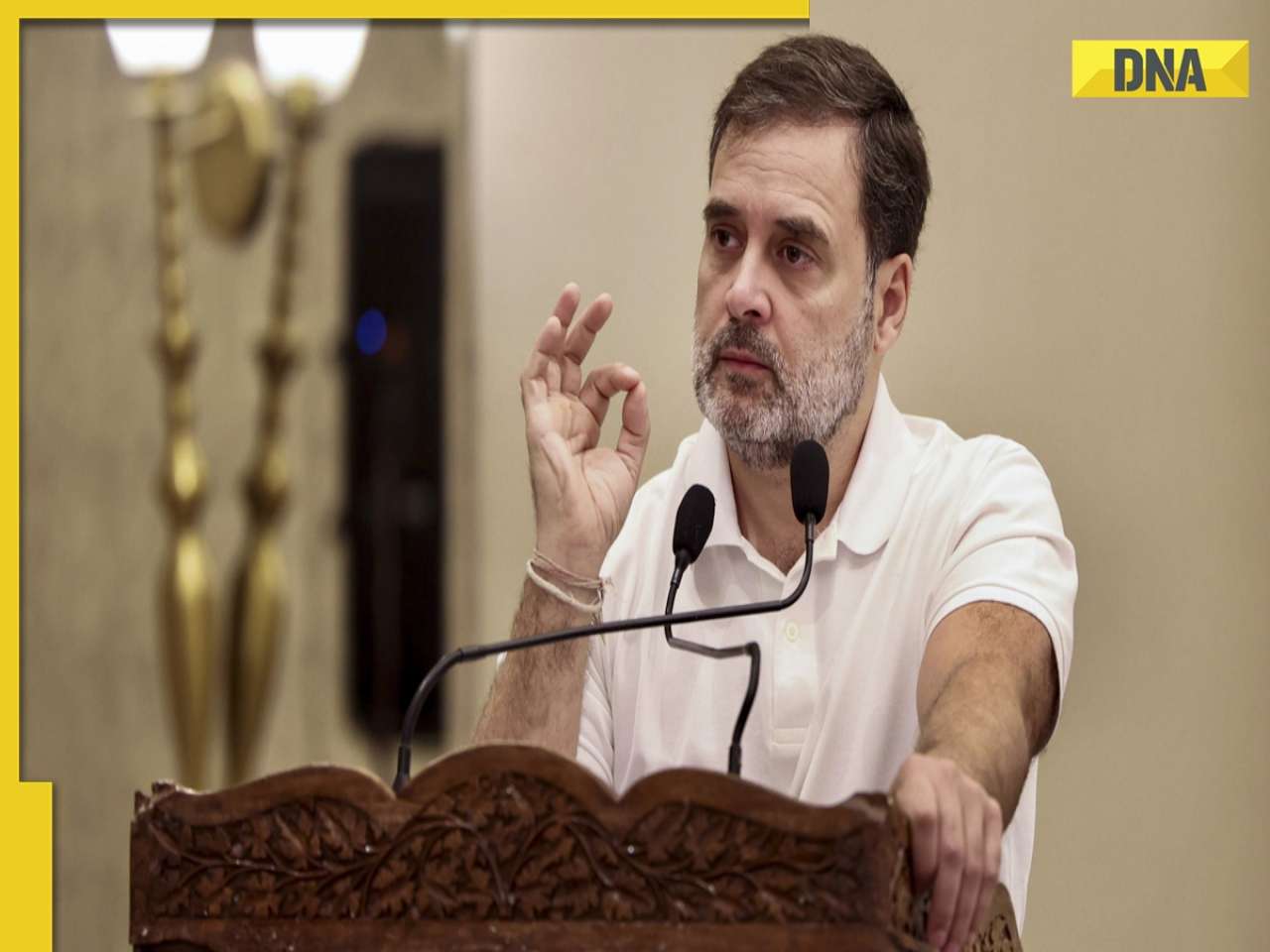


)
)
)
)
)
)
)
)
)
)
)
)
)
)





)
)
)
)
)
)